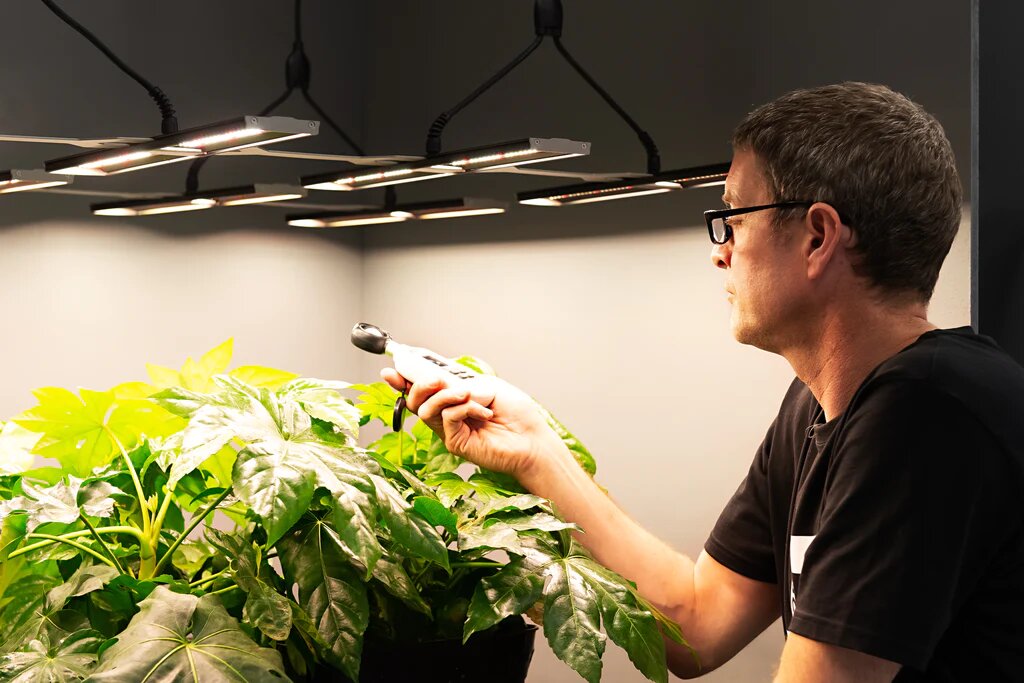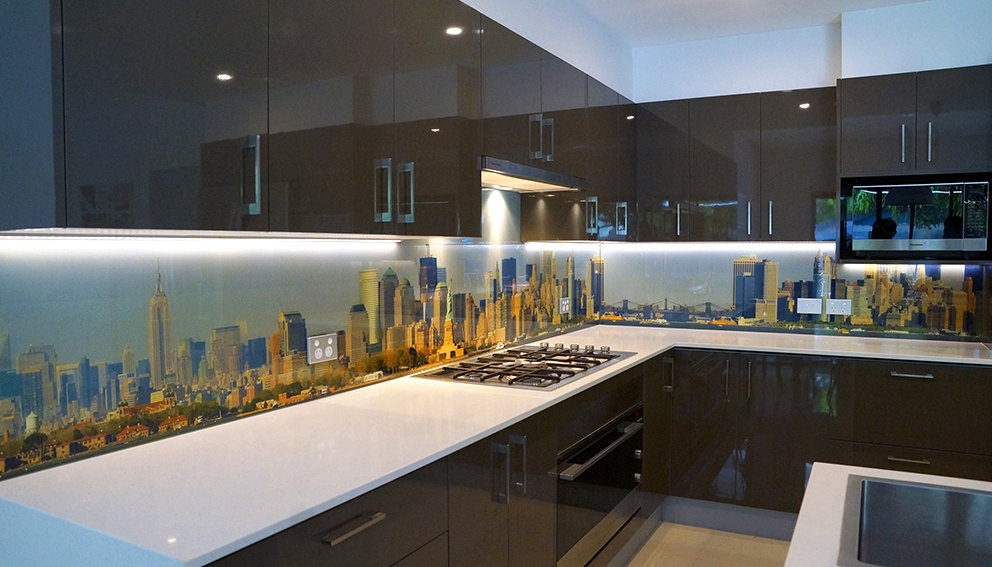Indoor gardening has witnessed a remarkable surge in popularity, providing plant enthusiasts with the opportunity to cultivate a diverse array of plants within the confines of their own homes. However, to ensure optimal plant growth and development, the use of artificial lighting is essential. Among the various options available, LED grow lights have emerged as a favorite among indoor gardeners due to their energy efficiency, versatility, and ability to deliver specific light spectrums required for photosynthesis.
In this in-depth guide, we will delve into the intricacies of utilizing LED grow lights for indoor plants, empowering you to create a thriving and lush indoor garden.
What are LED Grow Lights?
LED grow lights are artificial lighting systems specifically designed to mimic the natural light spectrum necessary for plant growth. These lights utilize light-emitting diodes (LEDs) to produce efficient and targeted light wavelengths, providing plants with the essential energy needed for photosynthesis.
The Parfact Works grow lights are a top-notch choice for indoor gardening. It’s specially designed to create the perfect environment for plants to grow, especially during the early stages. You can save money on your purchase by using the Parfact Works Coupon Code.
Benefits of LED Grow Lights
LED grow lights offer several advantages over traditional lighting options. They are highly energy-efficient, consuming less electricity while producing more usable light for plants. LED lights also emit less heat, reducing the risk of plant damage and eliminating the need for excessive cooling systems. Additionally, It can be customized to deliver specific light spectrums that cater to various stages of plant growth, optimizing photosynthesis and promoting healthy development.
Different Types of LED Grow Lights
LED grow lights come in various types, including full-spectrum, red-blue spectrum, and adjustable spectrum lights. Full-spectrum lights emit a balanced range of light wavelengths that closely resemble natural sunlight, providing plants with all the necessary light for optimal growth. Red-blue spectrum lights are ideal for promoting flowering and fruiting, as they focus on the red and blue light wavelengths that are crucial during these stages. Adjustable spectrum lights allow users to customize the light spectrum based on the specific needs of their plants.
Choosing the Right LED Grow Light for Your Indoor Plants
When selecting an LED grow light, several factors should be considered, such as the size of your growing space, the type of plants you wish to grow, and your budget.
Setting Up LED Grow Lights
- Determining Lighting Requirements for Your Plants
Each plant has specific lighting requirements, including the intensity and duration of light needed for optimal growth. Understanding the lighting needs of your plants is crucial to providing them with the right conditions for photosynthesis. Consider factors such as light intensity, light duration (photoperiod), and the specific light spectrum required for each stage of plant growth.
- Proper Placement and Hanging Height
The placement and hanging height of LED grow lights play a vital role in providing uniform light distribution and preventing light burn. Position the lights at an appropriate distance above the plants, ensuring that the light covers the entire canopy evenly. The ideal hanging height may vary depending on the type of LED grow light, the stage of plant growth, and the manufacturer’s recommendations.
- Creating an Optimal Lighting Schedule
Establishing a consistent lighting schedule is essential for maintaining plant health and promoting growth. Different plant species have varying light requirements, including the number of hours of light exposure per day. For example, most vegetables and herbs thrive with 12-16 hours of light per day during the vegetative stage. Research the specific lighting needs of your plants and create a lighting schedule that mimics their natural environment.
- Supplemental Lighting and Light Intensity
In some cases, supplemental lighting may be necessary to ensure adequate light intensity for plants situated in areas with limited natural light. Supplemental lighting can be provided by placing additional LED grow lights strategically to enhance coverage and fill in any areas with insufficient light. Adjusting the light intensity can also be achieved by raising or lowering or using dimming features available in certain models.
- Providing Adequate Ventilation and Air Circulation
Proper ventilation and air circulation around your indoor plants are crucial for preventing heat buildup and maintaining a healthy growing environment. Ensure that the area is well-ventilated, and consider using fans to promote air movement, preventing stagnant air and reducing the risk of mold or mildew formation.
Optimizing Plant Growth with LED Grow Lights
- Light Spectrum and Plant Growth Stages
Different stages of plant growth require specific light spectrums to stimulate various physiological processes. During the vegetative stage, plants benefit from blue light wavelengths, which promote leaf development and overall growth. In contrast, the flowering and fruiting stages benefit from a higher proportion of red light wavelengths, which encourage flowering, bud formation, and fruit production. Some LED grow lights offer adjustable spectrums, allowing you to tailor the light spectrum to the specific growth stage of your plants.
- Adjusting Light Intensity for Different Plant Species
Different plant species have varying light intensity requirements. Some plants thrive under high light intensity, while others prefer lower levels. Understanding the light intensity preferences of your plants can help you adjust the output. This can be achieved by controlling the hanging height or utilizing dimming features available in certain LED grow light models.
- Managing Light Duration and Photoperiods
The duration of light exposure, or photoperiod, is critical for plants that have specific light-sensitive processes. Mimicking natural daylight patterns by providing the appropriate length of light and darkness periods is essential. Some plants require shorter photoperiods during the flowering stage to initiate the blooming process. Research the light duration preferences of your plants and adjust the lighting schedule accordingly.
- Preventing Light Burn and Light Stress
Excessive light exposure can lead to light burn and stress in plants, resulting in leaf discoloration, wilting, and reduced growth. To prevent light burn, ensure that the LED grow lights are positioned at the correct distance from the plants and that the light intensity is suitable for the specific plant species. Regularly monitor your plants for signs of stress and adjust the lighting conditions if necessary.
Maintenance and Care for LED Grow Lights
- Cleaning and Dusting LED Grow Lights
Regularly cleaning and dusting your LED grow lights is essential for maintaining optimal light output. Dust and debris can accumulate on the surface of the lights, reducing their effectiveness. Gently wipe the light fixtures with a soft cloth or use compressed air to remove any buildup.
- Monitoring and Adjusting Light Distance
As plants grow, their proximity to the LED grow lights may need adjustment to prevent light burn and ensure proper coverage. Monitor the growth of your plants and periodically adjust the hanging height of the lights to maintain an optimal distance.
- Replacing LED Bulbs and Components
LED bulbs have a long lifespan, but over time, they may degrade and become less effective. Check the manufacturer’s recommendations for the expected lifespan of the LED bulbs in your grow lights. If necessary, replace the bulbs or any other components as instructed to ensure consistent and efficient light output.
Conclusion
Using LED grow lights for indoor plants opens up a world of possibilities for cultivating a vibrant and thriving garden within the comfort of your home. By understanding the principles of light spectrum, intensity, and duration, and applying proper placement and care techniques, you can harness the full potential of LED grow lights to create an optimal environment for your indoor plants. Embrace the benefits of energy efficiency, versatility, and customizable light spectrums that LED grow lights offer, and witness the transformation of your indoor garden into a lush and flourishing sanctuary.












